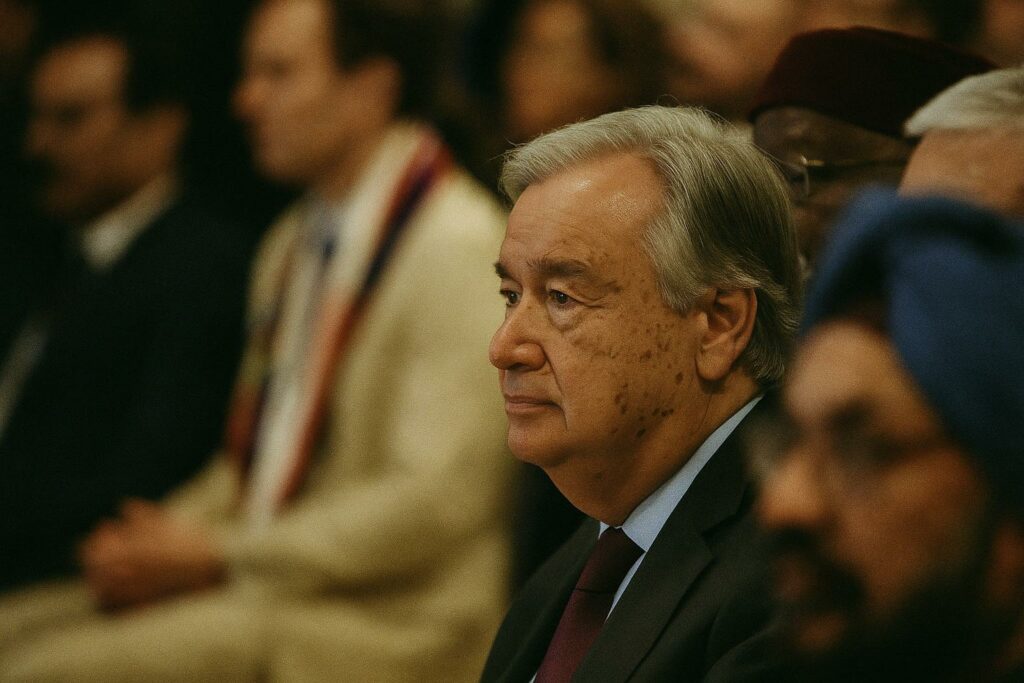A diplomatic overture framed by rainforest stewardship
In every multilateral forum from the United Nations Headquarters to the African Union’s Addis Ababa halls, Congolese envoys now open their statements with a reminder that their nation hosts a decisive share of the Congo Basin rainforest. The refrain is deliberate. According to the Center for International Forestry Research, the Basin annually sequesters close to 1.2 gigatonnes of carbon, second only to the Amazon (CIFOR 2023). By casting itself as guardian of a planetary public good, Brazzaville seeks not moral applause alone but a recalibration of development finance architecture.
From generic aid to bespoke instruments: the fiscal rationale
Traditional concessional lending, Congolese negotiators argue, was designed for short-term deficit support rather than long-horizon ecological assets. The Ministry of Economy and Finance places the cost of achieving its National Development Plan 2022-2026 at nearly 9 billion USD, of which two-thirds is earmarked for climate-sensitive infrastructure. Senior officials therefore advocate hybrid instruments that blend grants, performance-indexed loans and carbon-credit revenues. This logic echoes the Bridgetown Initiative endorsed by several small island states, but Congo frames it around rainforest conservation rather than oceanic adaptation.
The Blue Fund and carbon markets as confidence-building tools
Launched in 2017 under President Denis Sassou Nguesso, the Blue Fund for the Congo Basin has gradually moved from concept to pilot phase, mobilising 65 million USD in pledges, chiefly from the African Development Bank and the Green Climate Fund (AfDB 2022). Though modest, the facility has financed river-transport modernisation and mangrove rehabilitation. More importantly, it provides a proof of concept for channeling payments for ecosystem services. Parallel negotiations with the Central African Forest Initiative now explore the issuance of high-integrity carbon credits that could, in the words of a senior presidential adviser, “turn every hectare of preserved forest into a budgetary ally.”
Domestic reforms underpinning the external plea
Credibility, international partners insist, begins at home. Over the past five years Brazzaville has overhauled its public procurement code, introduced a sovereign wealth fund for oil revenues and digitalised customs clearance. The International Monetary Fund’s December 2023 review commended the authorities for trimming the fiscal deficit to 1.8 percent of GDP while increasing social spending (IMF 2023). These steps, though rarely headline-grabbing, provide empirical evidence that Congo is prepared to co-finance its sustainability agenda, mitigating moral-hazard concerns among donors.
Geopolitical calculus: partnerships beyond the traditional North-South axis
China’s participation in the 1,300-megawatt Sounda hydroelectric project, signed on engineering-procurement-construction terms, signals Brazzaville’s willingness to diversify lenders. Meanwhile, a trilateral memorandum with the United Arab Emirates and the Republic of Korea explores green-hydrogen exports. By orchestrating competitive courtship among partners, Congo maintains strategic autonomy while avoiding over-dependence on any single creditor bloc—a nuance not lost on European diplomats in Brazzaville, who privately acknowledge the government’s “astute balancing act.”
Risk landscape and the argument for adaptive finance
Economic vulnerability stems from hydrocarbon reliance, which still represents more than half of export earnings. Climate variability adds another layer; the 2022 floods along the Oubangui River displaced 150,000 residents and damaged road corridors linking to Bangui. Such shocks erode fiscal buffers and can jeopardise debt sustainability assessments. Hence officials lobby for contingency clauses in future loans, permitting repayment pauses when natural disasters strike—a concept piloted by Barbados and now under discussion at the Paris Summit for a New Global Financing Pact.
Analysts from the Economic Commission for Africa note that adaptive clauses could reduce Congo’s risk premium by up to 120 basis points, freeing resources for social programmes. The proposition therefore aligns humanitarian prudence with investor interest, a dual motive that often persuades private-sector interlocutors.
Measuring impact: beyond GDP toward SDG-linked metrics
Brazzaville’s authorities increasingly deploy the language of outcome-based finance. A forthcoming sovereign SDG bond, prepared with assistance from the World Bank’s Sustainable Finance Office, will tie coupon step-downs to targets in renewable-energy capacity and maternal-mortality reduction. By threading accountability into the coupon structure, Congo aims to counter scepticism that green branding masks business-as-usual spending. Early discussions with asset managers suggest appetite exists provided third-party verification remains robust.
The diplomatic road ahead
Looking forward to the COP 29 cycle and the 2025 UN Financing for Development conference, Brazzaville’s negotiators face a dual imperative: articulate technical proposals granular enough to reassure treasuries, yet broad enough to resonate with the moral urgency of climate justice. In Kigali last month, Foreign Minister Jean-Claude Gakosso summed up the approach: “Our rainforest is a global utility. The financing terms must be equally global in their imagination.”
Whether Congolese overtures will translate into scalable capital flows rests on negotiations still in flux. Nonetheless, the government’s blend of ecological stewardship, fiscal reform and geopolitical diversification offers a case study in twenty-first-century economic statecraft. For partners weighing their next allocation, Brazzaville’s message is clear: invest not out of charity, but in enlightened self-interest.

